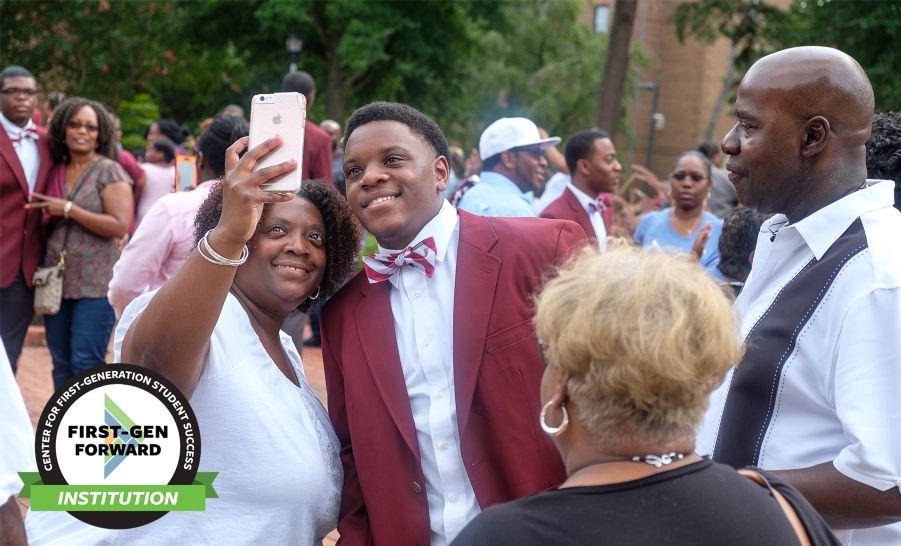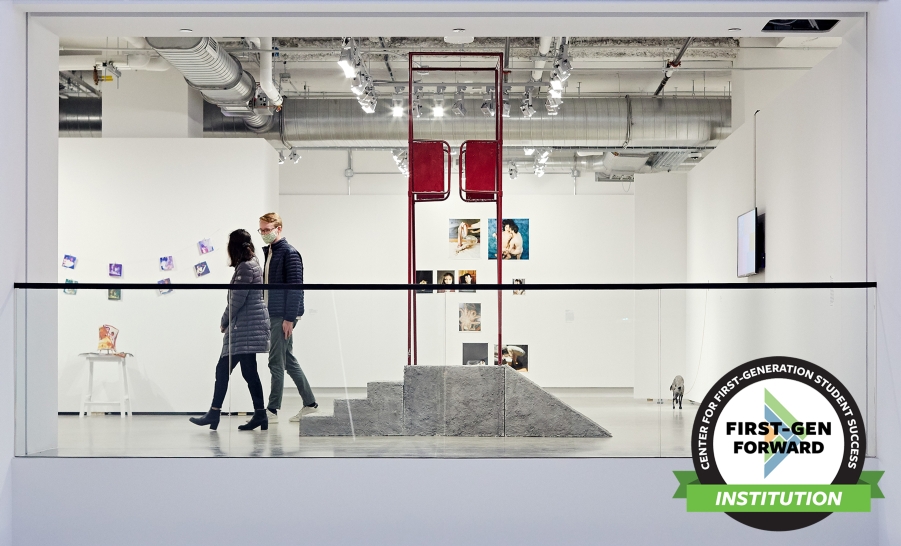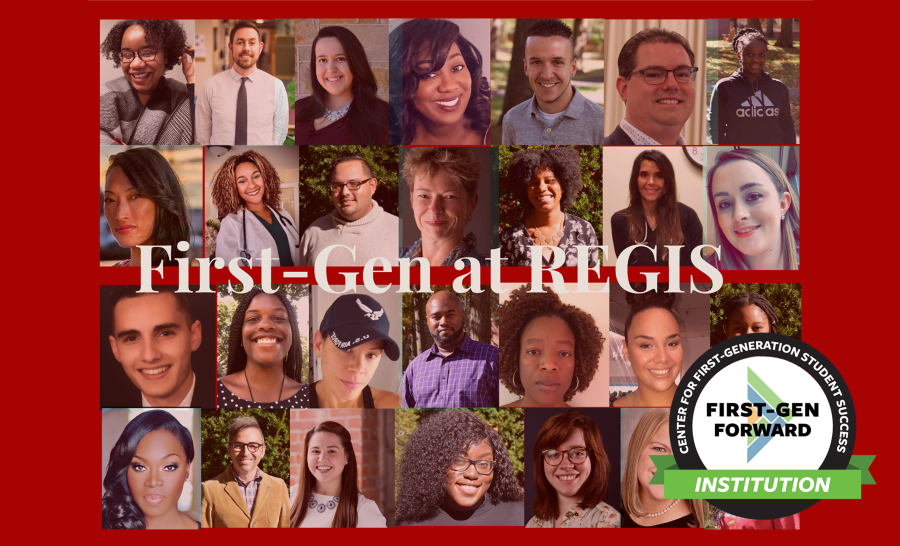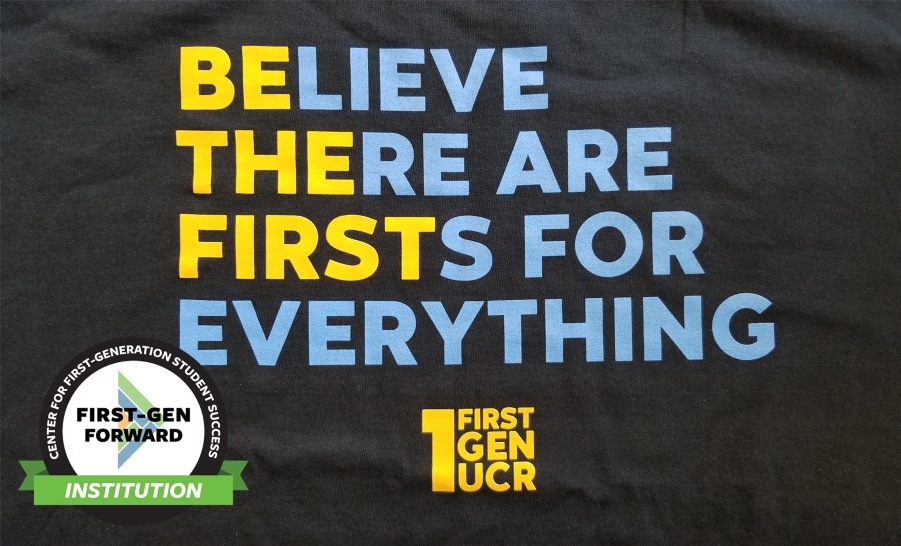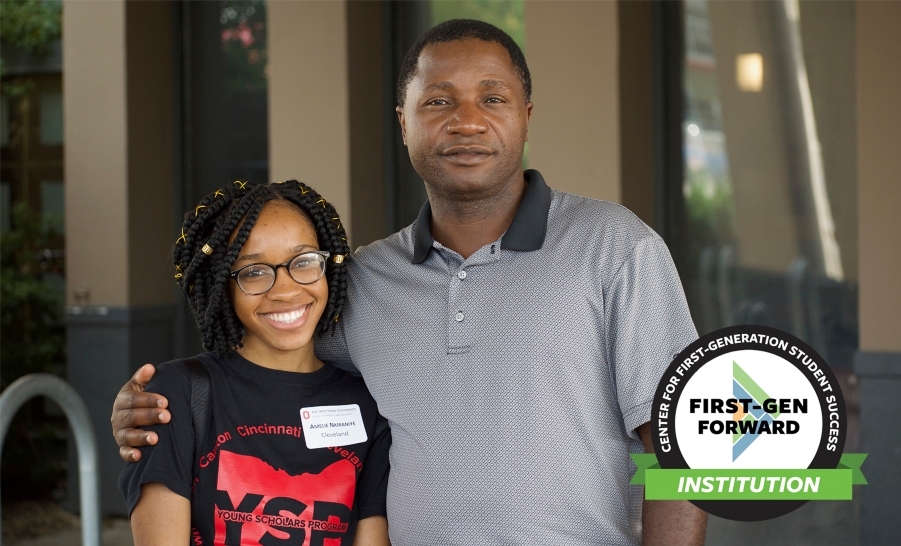Staying in Touch: High-touch Student Engagement in Remote Learning Environments
Trista Beard, Ed.D., University of Southern California / FirstGen Forward / August 06, 2020
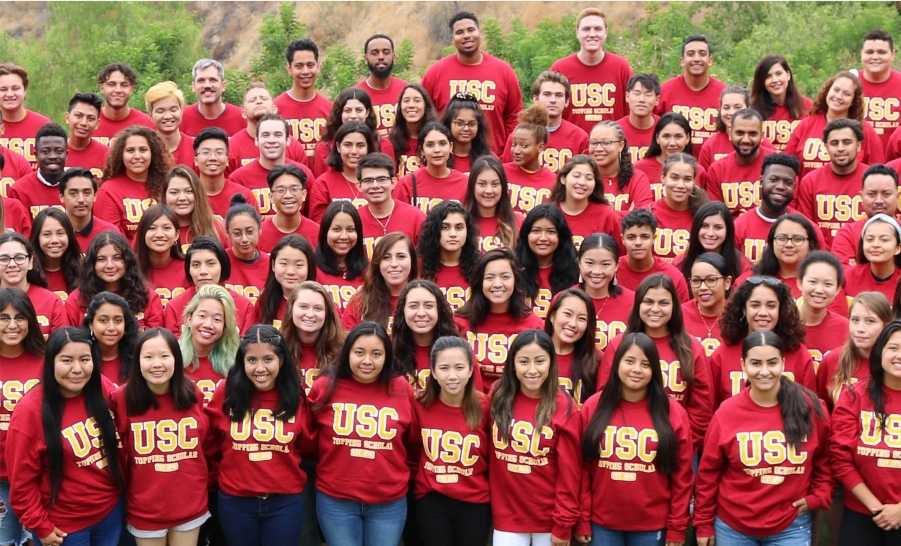
In advising offices, first-gen and transfer centers, scholarship programs, study spaces, and multicultural centers, many of us are throwing everything in the pot right now–hoping the stew will come out tasting like something “normal.”
It won't.
It’s time to find a new recipe.
At the University of Southern California’s Norman Topping Student Aid Fund, beyond the scholarships we give to high-need, first-gen students with a history of community service, our most precious currency is connection, belonging, and empathy. Our work blends academic and student affairs, and we help students get the most out of the university experience by working with them to set goals and define success. This, in turn, helps them to reach their fullest potential.
I have the privilege of working exclusively with first-gen and low-income students, and I spend my days offering support and problem-solving assistance to both undergraduates and graduates. Our staff have open door policies. We run study spaces, and we facilitate community: connecting students to each other, mentors, and campus resources. With two professional staff members and 150 advisees, we build rapport over time and really get to know every student through intimate conversations, advising chats, and impromptu meetings as well as through mandatory programs throughout the academic year. For 50 years, the Topping program has built community and support systems for students through face-to-face interactions and on-campus advising and programming.
Our students want to stay connected—to each other, to us, and to the university.
Our method of advising and engaging students is high touch and holistic. Intrusive and appreciative advising practices (recommended by NACADA and NASPA) will be more important than ever this year as we build trusted connections between students, staff, and faculty and foster camaraderie among peers. So what’s our plan? We will be proactive and assertive (just shy of aggressive) in meeting with students in the fall term. We will go out of our way to get to know them, and we will let them get to know us. Most importantly, we will use a variety of channels to meet them where they are.
What we have learned so far is that you cannot over-communicate right now. Students are starved for both information and the demonstrations of care that institutions provide through their staff and faculty. When I send each junior a quick personal check-in email, 70-75% write back to let me know what is happening in their academic lives and, more often, in their personal lives. Our students want to stay connected—to each other, to us, and to the university. The exchange of emails, phone calls, social media messages, and texts, reminds them they are still on this journey. The world has stopped, but life has not. They are still in college and still making progress toward their degrees. Another semester means they are getting closer to earning their degrees, and that is something to celebrate. That is something worth focusing on. Keeping the focus on the positive aspects of life in the time of COVID-19 will help students keep perspective on which parts of their lives they have some control over.
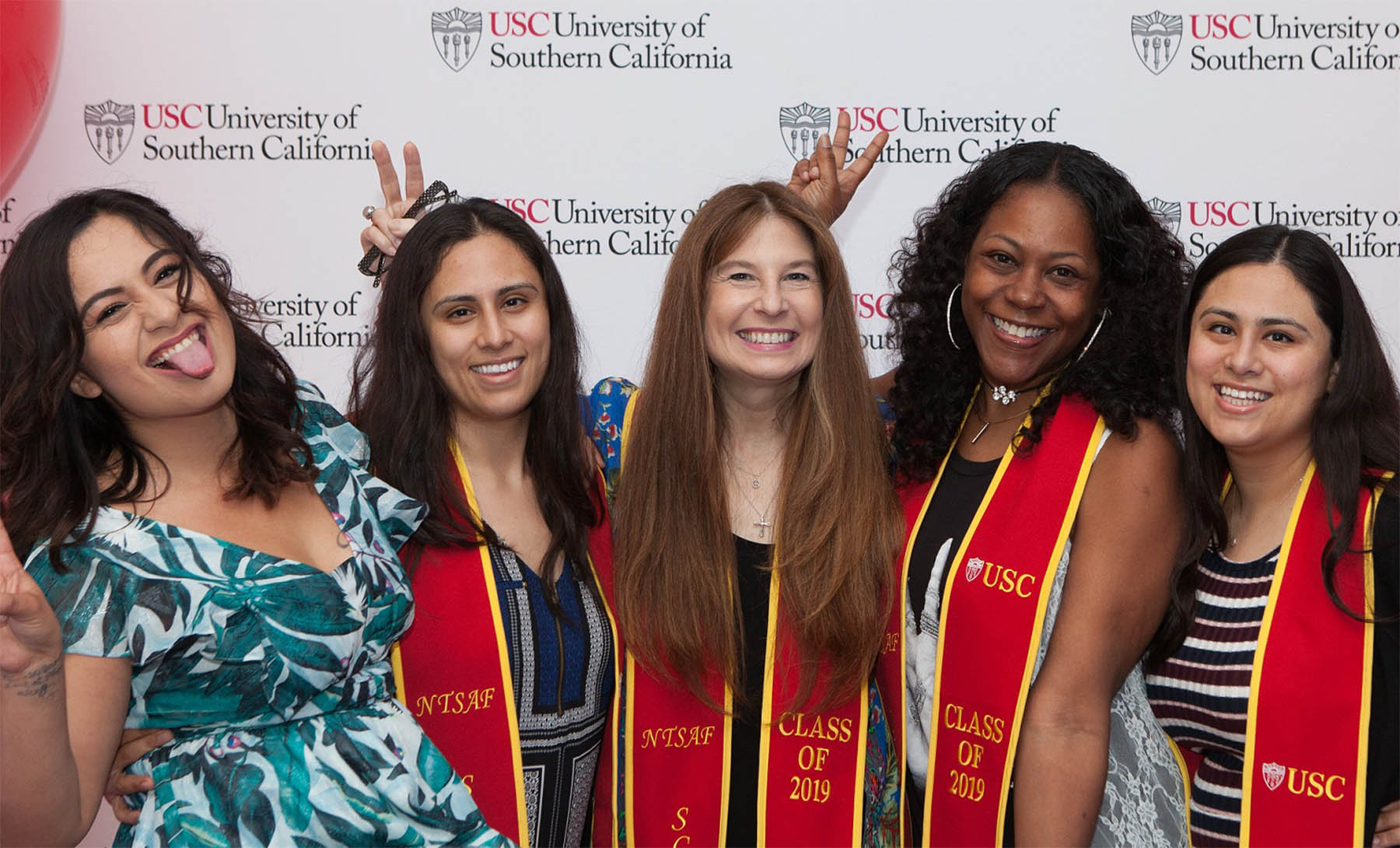
At the Topping program, we prepare for the most vulnerable students and the most complex cases. Being ready means knowing that when a student tells you that they aren’t passing a course, lost an immediate family member, and are worried about not making rent because their work permit expired, you make their well-being paramount. Be ready to connect them with resources they need to overcome barriers to their academic and personal success. Active and sustained support for those in need models the practice of community care and builds a strong bond among our Scholars. They don’t need us all the time, but they know we are there.
Like everyone else in the field of higher education, I am hoping for the best, but I am preparing for the worst. Assuming we have to maintain remote learning, remote advising, and remote programming through the fall and beyond, how do we build community? For starters, we have to offer more. More of everything: more opportunities, more contact points, more pictures, more posts, more stories, more warmth. This, of course, will be challenging.
Our Scholars’ success depends in large part on our ability to address three fundamental needs:
- Students will need a wider network of people they can trust. We will connect each new student to a peer and staff mentor. We will create an interactive speaker series to connect our Scholars to campus partners, administrators, advocates, and faculty so they know where to go and who to see for help with a variety of needs.
- Students need to have a chance to share their stories in safe spaces. We will have cohort mixers for new students, continuing students, transfers, graduate students, STEM students, humanities students, and business students. We will find unique ways to group them and bring them together in virtual roundtables, short meetings, and socials.
- Students need time to get to know each other and the campus geography. We will use the flipped classroom model to get information to them, give them activities to complete, discuss the concepts, and model problem-solving. This will allow us to build teams of students who can support each other throughout this unusual time in higher education.
As we welcome a new cohort of first-year, transfer, and grad students to our program, we will roll out the Zoom red carpet to make them feel appreciated and foster a sense of belonging. We want them to know each other, to know us, and to understand what experiences we share. We will talk with each student individually and in small groups about how to navigate college, who we are, and what values we share. Building bridges is the most important way for us to engage with students while at a distance.
We are preparing to teach, support, and engage students in new ways on our campuses this year. While this state is temporary, we have reason to believe it will last awhile. Much of what we pilot this year may soon become best practice. In academic support programs, we will need to go the extra mile to enhance our high-touch practices, especially when we cannot warmly greet our students in person. We can still tell them they belong, encourage their persistence and perseverance, and show them that the university cares about their learning and well-being, equally, by investing time and energy in both.
Dr. Trista Beard is the director of the University of Southern California’s Norman Topping Student Aid Fund, the nation’s first student-funded, student-governed scholarship and retention program.
